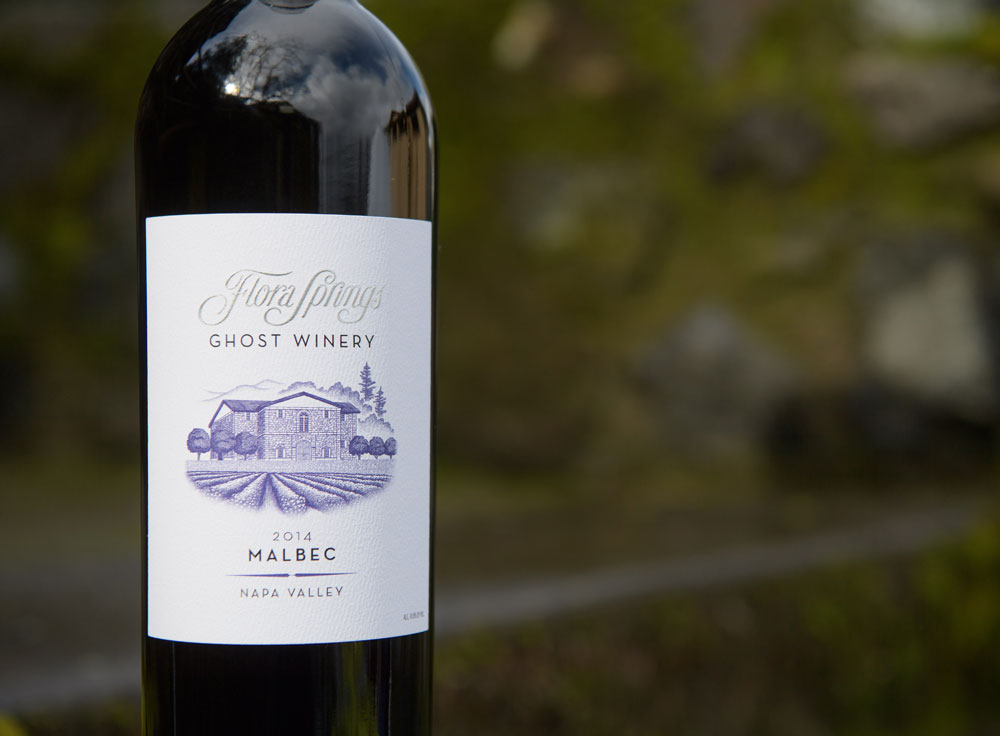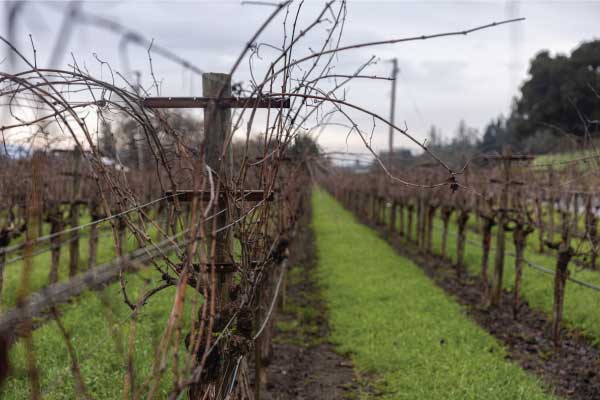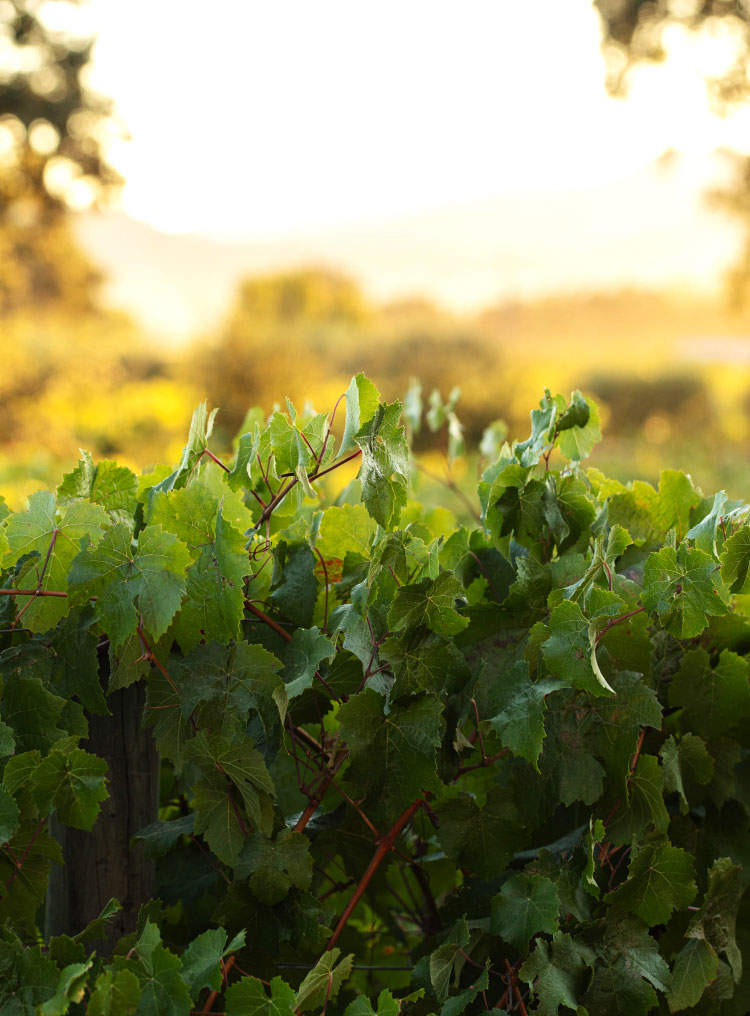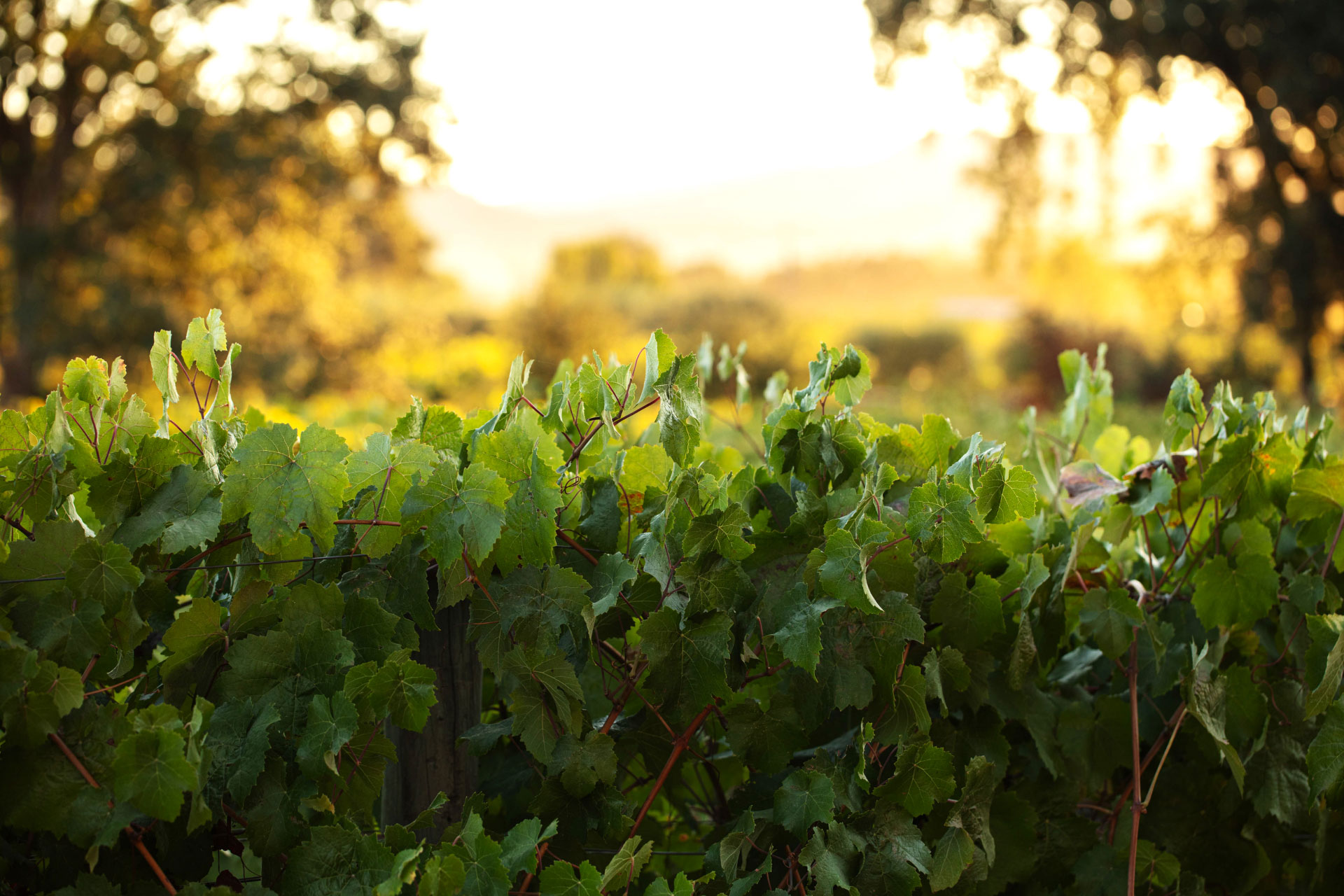Victims of Volstead, The Ellsworth American


Note: The following article written by Stephen Fay and published in The Ellsworth American can also be found here.
If you thought Prohibition was tough on wine drinkers, imagine what it did to wine makers.
The 13-year stretch from 1920 to 1933 just about killed the California wine industry. The Volstead Act’s ruinous disregard for a good time was especially disastrous for the Napa Valley, which had weathered the phylloxera blight of the late 19th century and the great earthquake of 1906 that flattened its warehouses only to be crushed like one of its own grapes when the “drys” prevailed.
As with any prohibition, the initial reaction was to cheat. Medicinal wines that could cure only sobriety became a hot item. But so many permits were sought for the manufacture of patent medicines that the federal authorities cracked down.
Some found religion in the Volstead Act, noting that it allowed an exclusion for sacramental wine. Religious leaders, in particular, managed to secure a steady supply with the result that attendance at Mass and temple took off. Suddenly, sacramental champagne, crème de menthe and brandy became instrumental in communing with God.
A federal judge was asked to rule on whether these alcoholic offshoots qualified for the sacramental wine exception. He ruled it was OK, saying “it is not the content of the beverage, but the purpose for which it will be used that determines whether or not it is sacramental wine.”
The Beaulieu Vineyards of Northern California sent sacramental wine to churches across the country. Wente Vineyards, Beringer and Martini also remained afloat by selling to the church. But only barely.
Because it wasn’t the same. The Napa Valley wine industry had been the finest in the nation, supplementing perfect terroir and weather with technical advice and advances from the oenological studies department at the University of California at Davis. But enforcement ramped up and production ramped down. According to an Aug. 16, 1923, story in the Napa Valley Register, the county treasury had been “enriched by $7,100 in bootleg fines from raids conducted in one day in St. Helena, Calistoga and other points in the valley.”
The result? Napa Valley wineries built between 1860 and 1900 were abandoned. Sitting empty, they were known in the valley as “ghost wineries.”
And there the story might have ended, might never have been known, were it not for the efforts of Flora Springs, arguably the source of the best reds in Northern California. A limited label — Flora Springs Ghost Winery — honors the history with an estate-grown malbec for which the adjective has not yet been invented.
It’s bull’s blood black with deep, dark fruit. The flavors of black cherry and plums join to create a single, joyous note from first sip to final swallow. This is but one of the products Prohibition sought to eradicate. And it took years before the Napa Valley recovered and restored itself to the pantheon of best wineries.
The vineyards have survived blight, earthquake, the Volstead Act and the Depression, overcoming adversity and offering a fresh take on Hemingway’s observation that “the world breaks everyone, and afterward, some are strong in the broken places.”
Back to News



